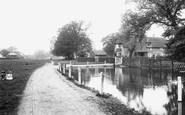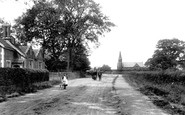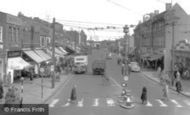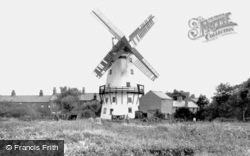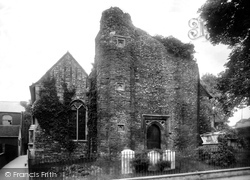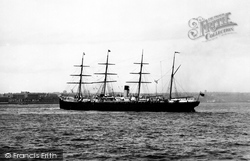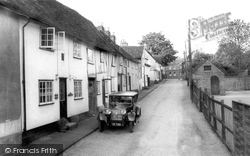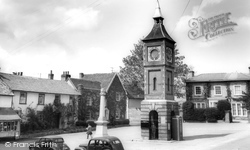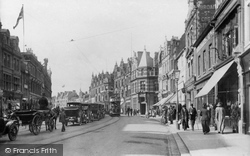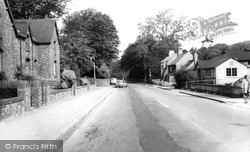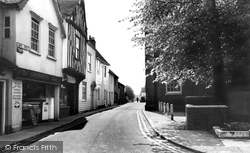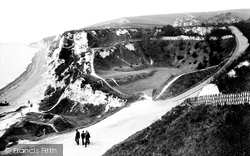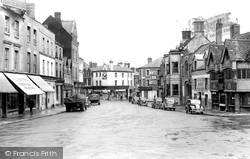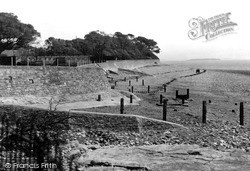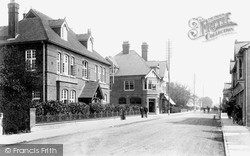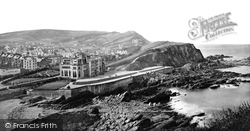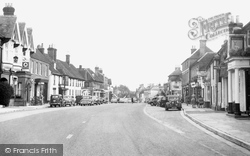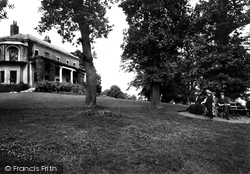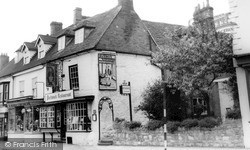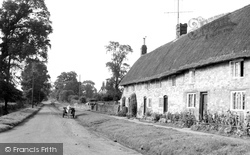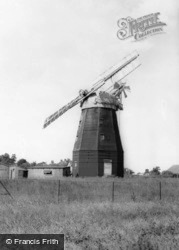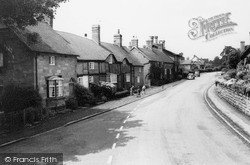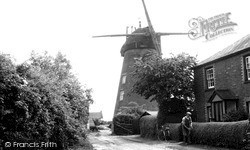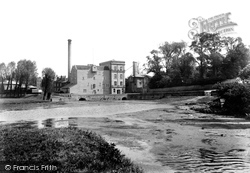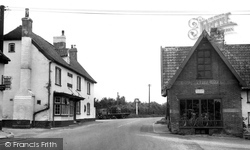Places
Sorry, no places were found that related to your search.
Photos
Sorry, no photos were found that related to your search.
Maps
Sorry, no maps were found that related to your search.
Books
Sorry, no books were found that related to your search.
Memories
741 memories found. Showing results 141 to 150.
Barking... So Very Different Now
We moved to Hertford Road in 1971, I was 3 years old. I remember playing in our overgrown garden which backed on to the Burges road playing fields soon after we moved in. There used to be a horrendous smell from the ...Read more
A memory of Barking by
Cluggies Pond
I obviously don't remember the common in 1911, but I did live in Old Common Road number 15 from about 1943 until 1955. Where the children are sitting was The Common, and a herd of Fresion cows were often grazed there. Old Common Road ran ...Read more
A memory of Cobham by
Happy Times Remembered.
We moved to Waterlooville in 1952,we lived in a row of houses called Salisbury Villas ,now that is the back of Waitrose.Our neighbours were Mr and Mrs Henry Cannings,and Jim and Nellie Olding.My dad Tony Blair worked in ...Read more
A memory of Waterlooville by
Brief Memories Of My First School: Noak Hill
It was 1947, when my parents were told they would be able to move from their one room in a house to a Prefab in Harold Hill. My mother was pregnant. You didn't start school until you were 5. The closest ...Read more
A memory of Noak Hill by
Mitcham County Grammar School For Boys
Mitcham County Grammar School for Boys Remembered Memory is a selective thing, the best is easy, but the mind glosses over the worst. Some things recollected as certainties turn out to be not quite so. These are ...Read more
A memory of Mitcham by
1950s Rosenau Rd.
Hi, I was born in 1946 at the South London Hospital for Women and lived for a while at 15 Etruria St. Battersea, it was near Dogs Home Bridge and Battersea Power Station, where my dad, Charlie Jones worked. Soon we ...Read more
A memory of Battersea by
Wrotham Road
Yes, I used to go to Wrotham Road for rock & roll, they were the early days from 1960 to 1963 and it was the meeting place for the lads. I remember taking a break from dancing and going into the Lord Kitchener pub Friday night ...Read more
A memory of Welling in 1960 by
The Wrong Guy
There at the time when Cawthorne was a tour operator and whether it was coincidence or not the tour operator was called Harry Cawthorne coach tours. I do believe that they were an established firm; it could well be that the village ...Read more
A memory of Gawber in 1952 by
My Memories
I am now 53. My parents and I moved to Erith from Suffolk in 1967/68. I remember the old Erith pre concrete jungle. I never really let the old town go. The damage the new building did to the town is only known now. It was not a very ...Read more
A memory of Erith in 1967 by
Evacuee
My Grandmother rented a cottage (Era Goch) during the war and I went to live with her as a sort of evacuee. I used to attend the one room school in Dwyran. I played with my friends on the beach. I don't know how we did not drown as we would ...Read more
A memory of Dwyran in 1940 by
Captions
493 captions found. Showing results 337 to 360.
Marsh Windmill is a large Fylde-type brick tower mill with four patent shuttered sails and a fantail. Dated 1794, it worked until 1922.
The late 17th-century tower with its liberal use of salvaged Roman brick fell in the 17th century.
He put money, new ships and new life into the company, and brought in the right partners and associates to found the successful business.
Just off to the left is the site of the earliest Baptist chapel in Suffolk, registered in 1731.
Looking at a tranquil summer scene like this, it is difficult to imagine the furious weather to which Torcross is sometimes exposed.
The clock tower was built of red and white brick in 1864. It was renovated in 1987, and has seating on the ground floor. Chandler's ironmonger's shop to the left has closed.
By 1913 the electric tram is operating, and the motor car has arrived to mingle with the horse carriages.
The old church and churchyard lie in the trees on the left, and the old wooden church hall - now gone - can be seen in the right foreground.
The substantial building behind the trees is Billericay church, which was rebuilt in 1780, though retaining its fine 15th-century brick tower.
Looking towards Beachy Head, this view shows the 'combe' of Holy Well with its paths. It is here that the sea can be reached, albeit by a steep path, in a break in the cliffs enlarged by quarrying.
The High Street has a fascinating diversity of provincial architecture dating from the 16th century through to the late 19th century.
Even at this time, the visual appearance of the slipway at Swanbridge had become a cause for concern.
The two buildings either side of the turning into Albert Road have long gone, to be replaced by new offices.
The Ilfracombe Hotel (centre left) was built by the Ilfracombe Hotel and Esplanade Company.
The sign 'Luncheons and Teas' on the right, just beyond the White Hart, advertises the Two Sisters Café, which from 1939 to 1949 was also a guest house.
The park had focussed around Prospect Hill House, now known as The Mansion House, which after being a problem building for years is now a pub/restaurant with marvellous views south from its hilltop
Consecrated in August 1830, St Peterís church is built in brick and stone; it consists of chancel, nave, north and south porches, and an eastern tower with a spire containing a clock and six bells
Watling Street has a good range of buildings, mostly dated 18th and 19th century, built in a mix of materials - stone, brick and render.
We can almost feel the peace and tranquillity typified by a road deserted apart from a solitary horse-drawn delivery cart, standing near an attractive row of brick-built thatched cottages.
Cattell's Mill is a black-tarred weatherboarded smock windmill on an octagonal single-storey brick base.
For centuries, Stoneleigh was home to the dozens of estate workers employed by the Leighs.
In 1775 a brick tower-mill was built near the crossroads by John Matchett, a Colchester millwright.
Since 1895 the two buildings to the right of the mill have been replaced by a four- storey brick-built roller mill.
The White Horse is a timber-framed building of 1694, later encased in Victorian brick when the far bay was added. On the left is the corner of the shop, with its penny bubble gum dispenser.
Places (0)
Photos (0)
Memories (741)
Books (0)
Maps (0)

